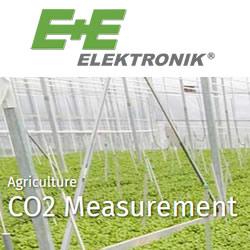Up-and-coming companies such as the Dutch Pixelfarming Robotics are developing systems that have the potential to change agriculture long term. One of the keys for the global success: a smart energy system, that is tailored for agricultural applications!
Autonomous Agricultural Robots Revolutionize Organic Farming
Article from | Wiferion
Conventional agriculture is at a crossroads: on the one hand, consumers are becoming increasingly aware of sustainable farming methods, and on the other, the use of pesticides and fertilizers is having serious consequences for the soil. But how can farmers reconcile economic yields and ecological farming methods? Autonomous agricultural robots are seen as a promising solution here. Up-and-coming companies such as the Dutch Pixelfarming Robotics are developing systems that have the potential to change agriculture long term. One of the keys for the global success: a smart energy system, that is tailored for agricultural applications!
Agricultural robots are the work force of tomorrow
Destroy weeds without chemicals with advanced sensors

Special requirements for the energy supply of agricultural robots
Moisture, dust and dirt does not affect the power supply
In this way, Wiferion minimizes the risk of downtime. The system works via plug-and-play and can currently charge at 3 kW. The wireless charger can charge all common battery types – regardless of cell chemistry. However, Wiferion’s energy experts recommend the use of Li-Ion batteries to exploit the full potential of the energy supply of the agricultural robot. That is why Wiferion is working closely with battery manufacturer VARTA, which also believes in the future trend of sustainable management of agricultural land.
Automated and robust power supply with VARTA batteries

VARTA Application Specific Batteries Easy Block and Easy Blade
The content & opinions in this article are the author’s and do not necessarily represent the views of AgriTechTomorrow
Comments (0)
This post does not have any comments. Be the first to leave a comment below.
Featured Product


